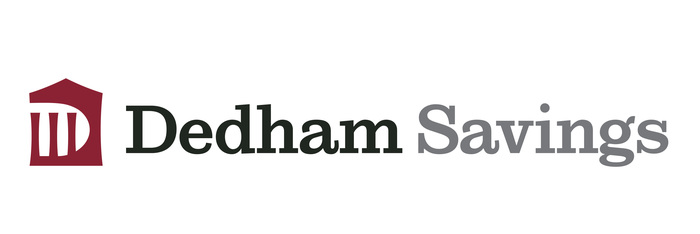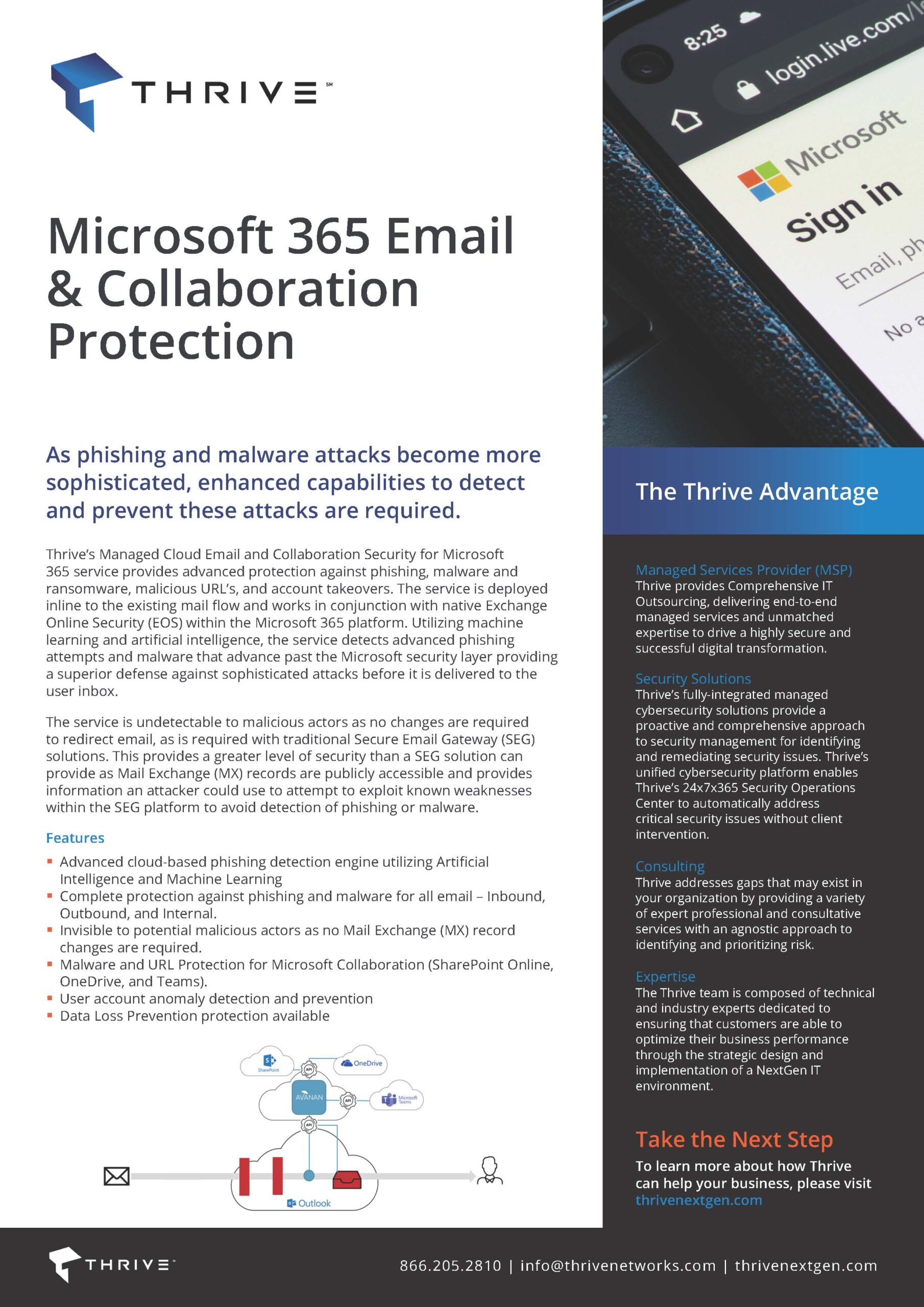Patching Management
Patch Management as a Service
Thrive provides managed workstation and server patching services, ensuring your systems remain secure without overburdening your internal resources.
Benefits of Patching
Patching directly remediates software vulnerabilities, ensuring your IT systems remain secure. Regular patching, usually on a monthly cycle, is crucial for preventing unwanted cybersecurity breaches. It’s estimated that 60% of data breaches are caused by the failure to apply available patches.
Benefits:
- Enhances Security By Fixing Software Flaws
- Maintains System and Application Functionality
- Meets Compliance and Regulatory Requirements
- Protects Against Malware and Ransomware


Driving Better Business Outcomes
“We needed a trusted partner to be an extension of our team and take the lead on our bank’s patching process. We have been very pleased with the professionalism and expertise of the Thrive team.”
Victoria Graves
SVP & CIO
Dedham Savings
How Thrive Can Help
Thrive’s Managed Patching service provides proactive remediation of security vulnerabilities via scheduled updates to operating systems and other software applications.
Our dedicated team of experts work with you to determine an optimal update schedule, ensuring business continuity and up-to-date systems for a secure IT infrastructure.

Patching Compliance and Reporting
Organizations under regulatory compliance, such as those governed by SEC regulations, must provide detailed reports on patching activities.
Thrive’s services include generating monthly patch reports that document all patched devices and success rates, ensuring compliance obligations are met.
Ready to Speak with Our Cybersecurity Experts?
The data that powers your company passes through a complex network of IT infrastructure, internal resources, and end-user applications. Stay ahead of threats with Thrive’s Patching Management Solution.
Contact Thrive Today



